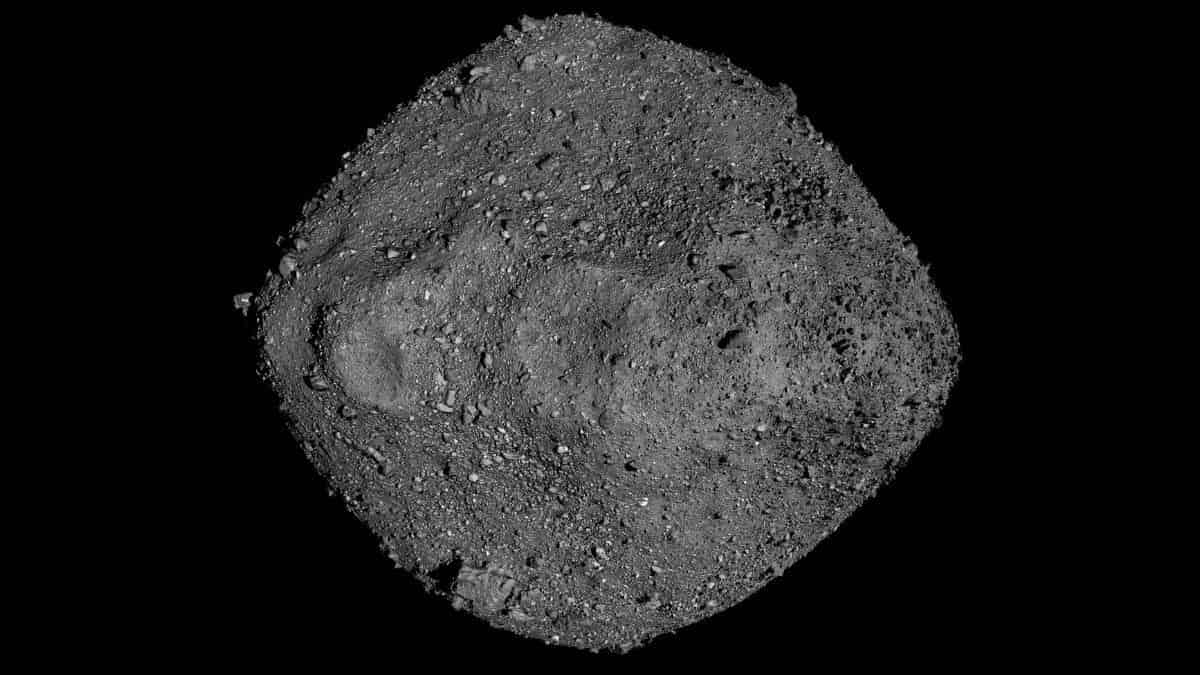NASA’s OSIRIS-REX have discovered that the heat from the Sun cracked the rocks on asteroid Bennu

Scientists from NASA’s OSIRIS-REX have discovered that the heat from the Sun cracked the rocks on Bennu in just 10,000 to 100,000 years, showing that surface regeneration occurs much more quickly on asteroids than on Earth.
The researchers examined rock cracks on the asteroid Bennu using high-resolution photos taken by the spacecraft OSIRIS-REX to arrive at its conclusions (Origins, Spectral Interpretation, Resource Identification, Security-Regolith Explorer).
With the aid of this knowledge, scientists will be able to predict the time it takes boulders on asteroids like Bennu to fragment into smaller pieces, some of which may eject into space while others may remain on the asteroid’s surface.
Similar to how a cold glass breaks under hot water, rapid temperature variations on Bennu have caused internal stress that fractures and breaks down rocks.
On Bennu, the Sun rises every 4.3 hours. The equator has temperatures that can reach over 127 Celsius during the day and roughly minus 23 Celsius at night.
Images taken by the spacecraft during the asteroid’s initial surveys by OSIRIS-REX scientists revealed fissures in the rocks. According to Delbo, the fractures appeared to all point in the same direction and were “a clear signal that temperature shocks between the day and the night may be the reason.”
More than 1,500 fractures in OSIRIS-REx pictures were manually measured by Delbo and his colleagues for their lengths and angles. Some of the fractures were less than a tennis racket while others were longer than a tennis court.
They discovered that the cracks mostly aligned in a northwest-southeast direction, indicating that the Sun, which is illustrated above as the main factor transforming Bennu’s terrain, was responsible.
Delbo explained that the fissures would point in different directions if landslides or collisions were moving the stones more quickly than they were splitting.
The 10,000 to the 100,000-year timescale for thermal fractures to spread and shatter rocks was calculated by the scientists using a computer model and their fracture readings.
The thermal fractures on Bennu, according to co-author Christophe Matonti of the study from Universite Cote d’Azur, CNRS, Observatoire de la Cote d’Azur, Geoazur, Sophia-Antipolis, Valbonne, France, “are quite comparable to what we observe on Earth and on Mars in terms of how they occur.”
Even in comparison to Mars, “it is intriguing to see that they can exist and are similar in highly ‘strange’ physical settings” (low gravity, no atmosphere).
On September 24, 2023, OSIRIS-REX will send a sample back to Earth from Bennu.

